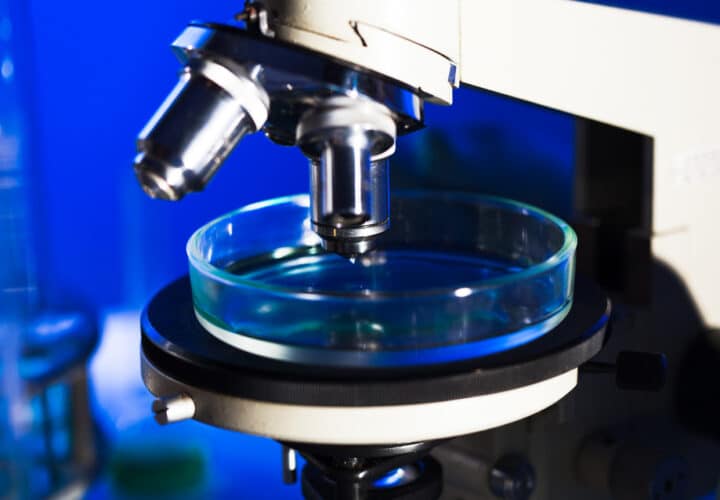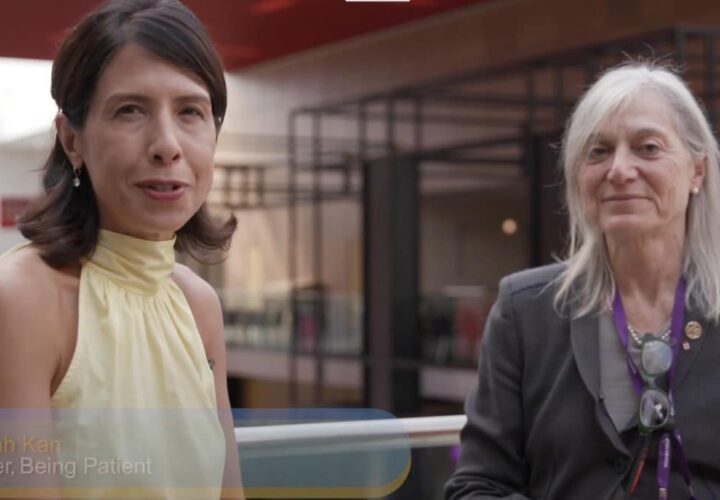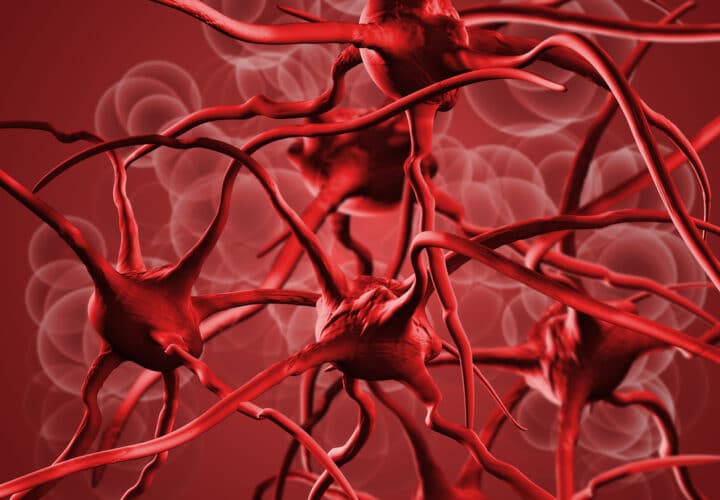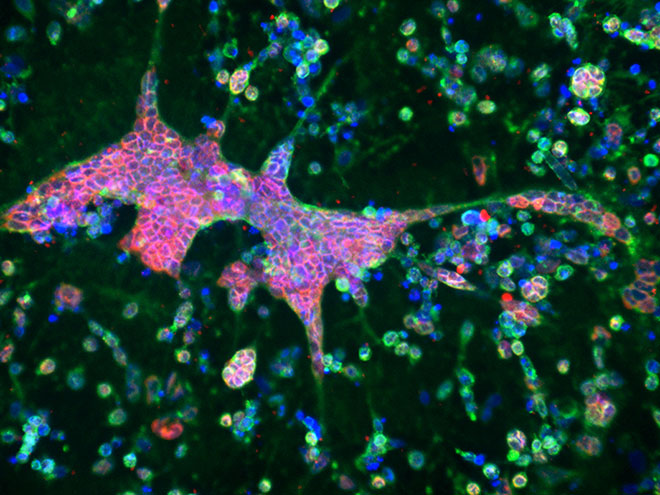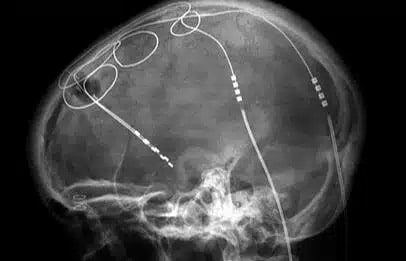Scientists developed new brain cells to replace those lost in Parkinson’s. Early trials showed they’re safe — now, larger human trials are on the way.
Each of us begins as a single cell that divides over and over again. Some of the new cells specialize while others retain the ability to divide. The cells that can continue to divide and then turn into other cells are called stem cells.
Since the 1960s, scientists have tried to harness stem cells to treat disease. So far, only bone marrow transplants for cancer patients have become a standard therapy. But for neurodegenerative diseases like Alzheimer’s and Parkinson’s, researchers see new potential.
After two positive trials published in April, stem cell treatments for Parkinson’s disease are preparing for Phase 3 trials. These treatments inject new cells that aim to replace the dead cells. Scientists convert stem cells into dopamine-producing neurons in a dish and then inject them into the brain.
In Parkinson’s disease, neuronal cells in a specific part of the brain called the substantia nigra start to die. These neurons produce a a crucial chemical messenger, dopamine. When these cells die off, the resulting lack of dopamine leads to symptoms such as resting tremors, rigidity, and slowness of movement. As it progresses, it eventually causes cognitive impairment and dementia. There is currently no cure for Parkinson’s disease, but synthetic versions of dopamine are available to curb some of the symptoms.
The first study, conducted by American researchers and sponsored by the company BlueRock Therapeutics, included 12 patients, while the second study, conducted by Japanese researchers, included seven participants.
Both studies found that the treatment was safe overall, but some participants may have experienced side effects related to immunosuppressive drugs that patients needed to take to prevent their body from attacking the stem cells. The studies were too small to tell whether the treatments worked, but scientists saw some promising signs that would need to be evaluated in larger trials.
Scientists attempted to treat Parkinson’s with stem cells decades ago, albeit in more of a crude manner. Rather than turning the cells into dopamine-producing neurons, scientists attempted to transplant fetal brain cells. Current approaches are more fine-tuned, ensuring that new dopamine-producing neurons get to the brain.
Later this year, BlueRock Therapeutics will conduct a 100-person Phase 3 trial to determine whether the stem cells could help treat Parkinson’s disease. There are still questions over whether such a treatment would offer long-term benefits — some researchers think these new cells could suffer the same fate as the originals and die off.
